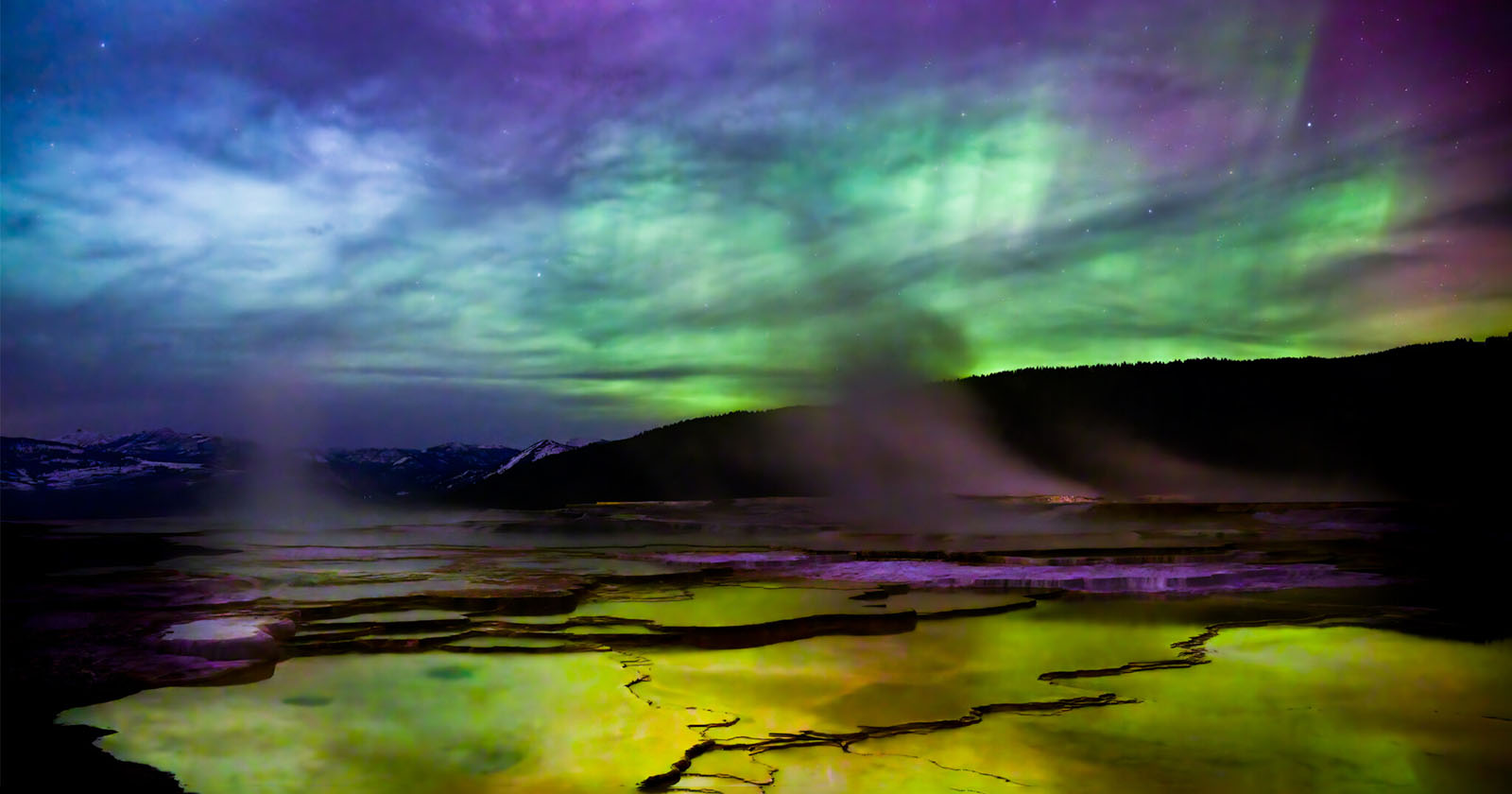
Credit: Kristi Odom Although there is no such thing as a sure thing when it comes to dazzling aurora displays, tonight offers photographers a great chance to see the northern lights. Thanks to a handful of powerful Earth-directed coronal mass ejections (CMEs) from the Sun, resulting from extreme solar activity, the National Oceanic and Atmospheric Administration (NOAA)’s Space Weather Prediction Center has issued a Severe (G4) Geomagnetic Storm Watch for today, May 10, until Sunday, May 12. “This is an unusual event,” NOAA explains. That’s putting it mildly. The new G4 storm watch is the first since January 2005. There was a somewhat unexpected G4-class storm more recently than that, though, on March 23, 2024.
The solar cycle is about 11 years and currently in a period of high activity. However, the cycle, which began in 2019, has produced little by way of severe geomagnetic storms — good news for communications infrastructure but lousy news for astrophotographers. The solar maximum is due later this year, so more chances to see aurora should be just around the corner. As for this weekend’s storm, the first of six CMEs has already entered Earth’s magnetic field, and Spaceweather is calling it a “big hit.” And per the NOAA forecast model, the first three CMEs have the potential to merge and become a “cannibal CME.” These “collisions” can help create powerful geomagnetic storms and brilliant auroras. Current space weather conditions and forecasts | Credit: NOAA SWPC The planetary K-index is still quiet, at Kp 2.67, but NOAA thinks it could reach as high as Kp 8.33 in the early morning hours of May 11 (06:00-09:00 UTC on May 11). If that prediction comes to fruition, the skies will be ablaze with color at mid- and high latitudes. If the Kp index gets as high as NOAA predicts, people pretty far south could see the northern lights. | Credit: NOAA SWPC While the chances of seeing the northern lights tonight are excellent, about as good as they can be, there is always some uncertainty with geomagnetic storm predictions. That said, if a photographer is keen to see them first-hand and capture some great shots, then it’s time to start planning, searching for dark skies, and charging extra camera batteries. For last-minute advice on photographing the northern (or southern) lights, check out PetaPixel‘s detailed guide.
Image credits: Featured image courtesy of Kristi Odom, who wrote about capturing this and other photos for PetaPixel last year.






